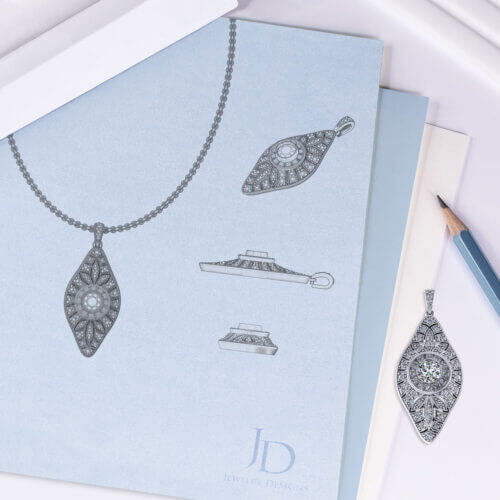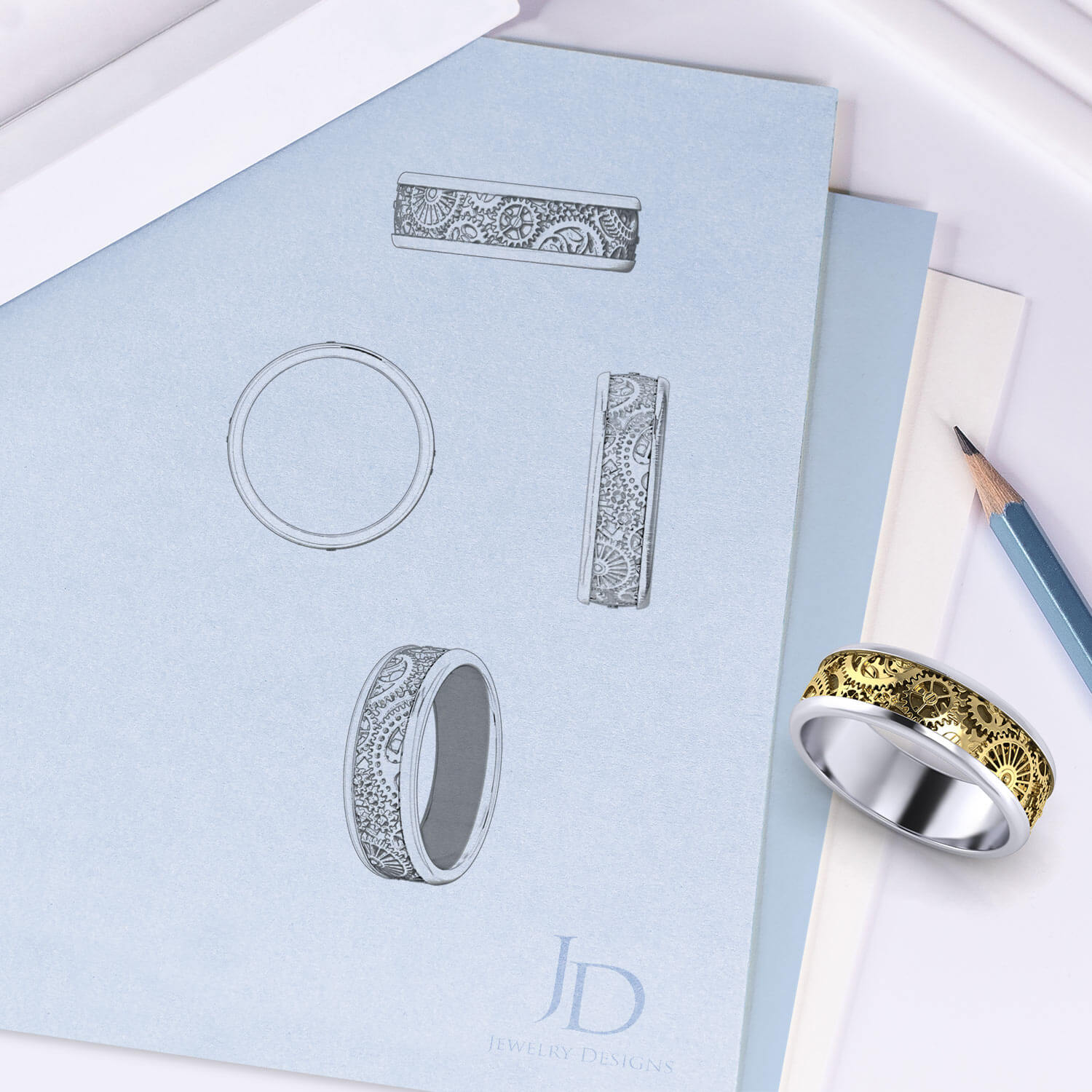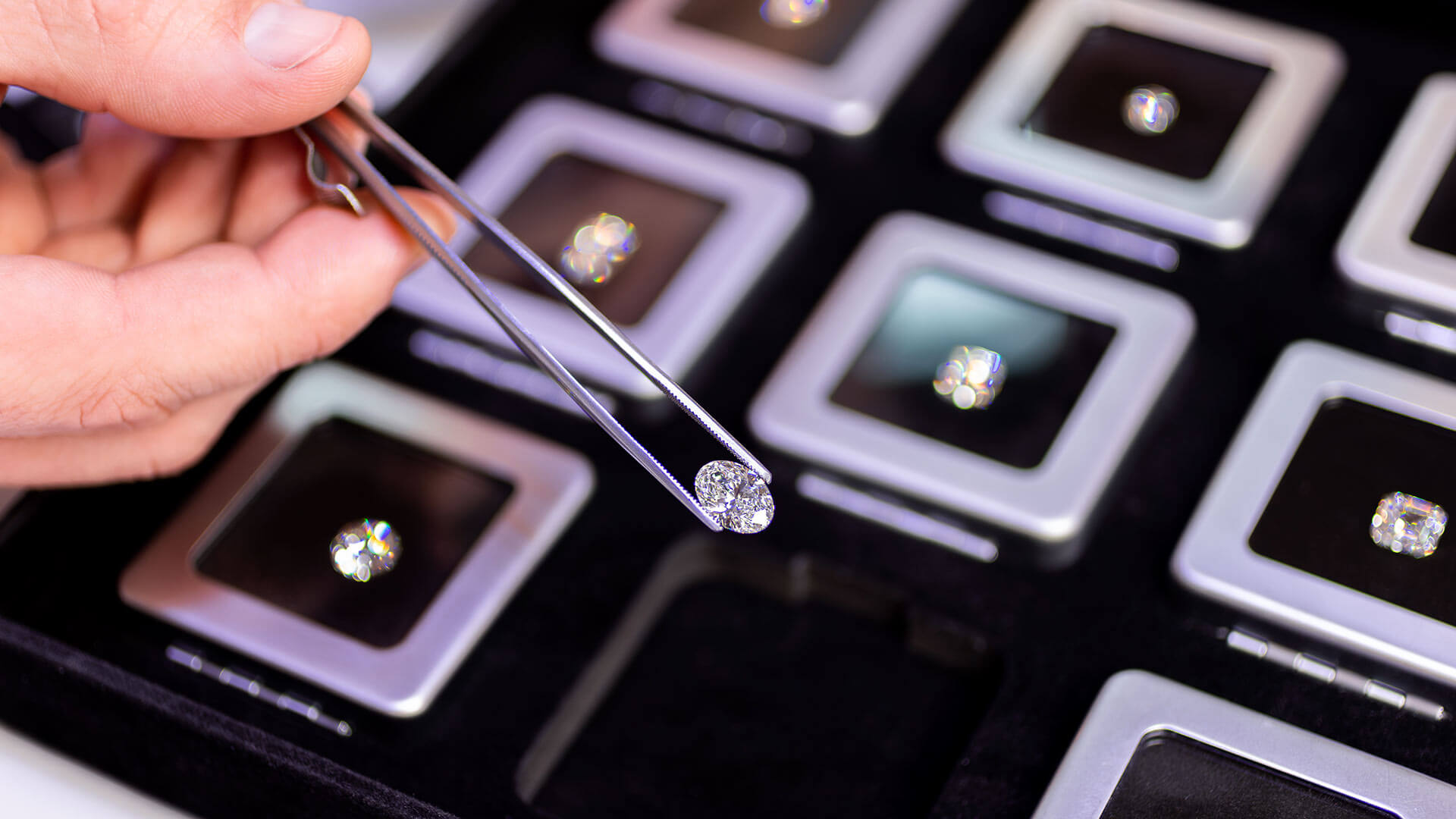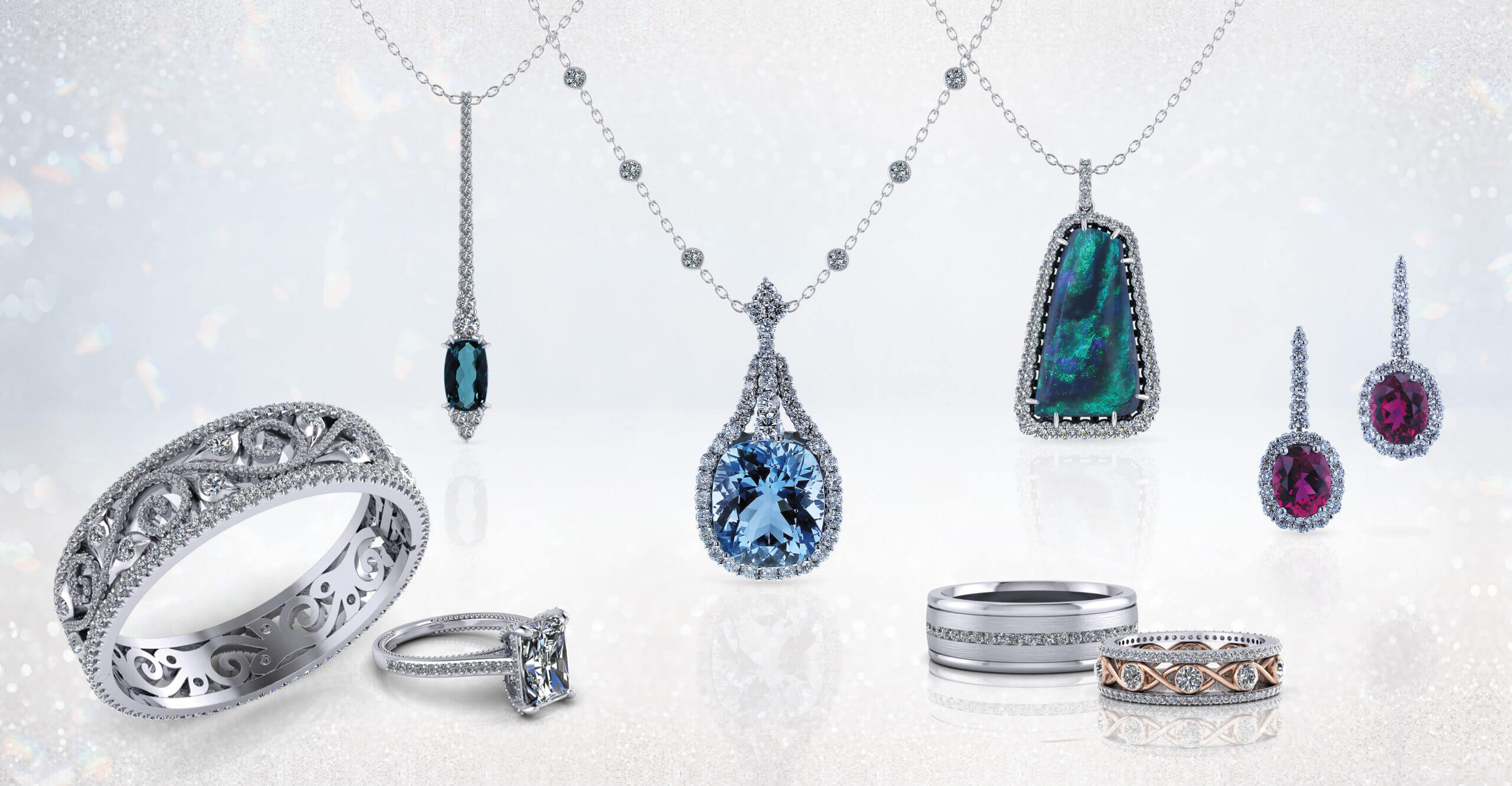Pearl Restringing
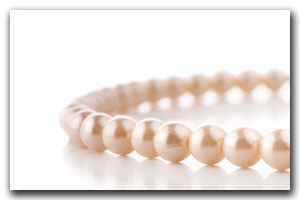 Periodic pearl restringing can help to insure that your precious pearls do not fall off during an evening out on the town. Valuable pearls and precious stone bead items are strung on cord or silk with a knot between each bead to provide spacing, which dramatizes the pearl.
Periodic pearl restringing can help to insure that your precious pearls do not fall off during an evening out on the town. Valuable pearls and precious stone bead items are strung on cord or silk with a knot between each bead to provide spacing, which dramatizes the pearl.
A knot between every pearl is important because it will limit the number of pearls that are lost to a single pearl if the necklace breaks. Few things are more exciting than chasing 60 rolling pearls across the dance floor at a wedding.
The process of pearl restringing requires that thread be pulled through the hole in the pearl with a fine wire needle. After each pearl is strung, a knot is tied and pulled tight to the pearl by separating the 2 strands of thread until the knot hugs the pearl. When the last pearl is in place, the thread is wrapped around the loop on the clasp and threaded back through the end pearl and knotted.
Most pearl stringers will then wrap the end section of cord that is looped around the clasp with a fine “French Wire” to protect it from excessive wear against the clasp. Pearl strands often become shorter in appearance and may even pucker after they are restrung, due to the tightening of the strand and knots. After they a worn for a short while, the cord will relax and the pearls will lie neatly on the neck.
Pearl restringing should be done when: 1. Pearl cord or string starts to fray or wear 2. Pearl cord is stretched and pearls slide loosely back and forth between knots 3. Pearl cord is stained or discolored 4. Pearl strand is broken
To lengthen the life of newly restrung pearls, you should keep the cord dry. Moisture can stain and shorten the life of the cord that supports pearls. It is also wise to apply all makeup and hair spray prior to putting a strand of pearls on to avoid unnecessary contact with chemicals. Do not hang your pearls from hooks and avoid stretching and pulling the strand.


